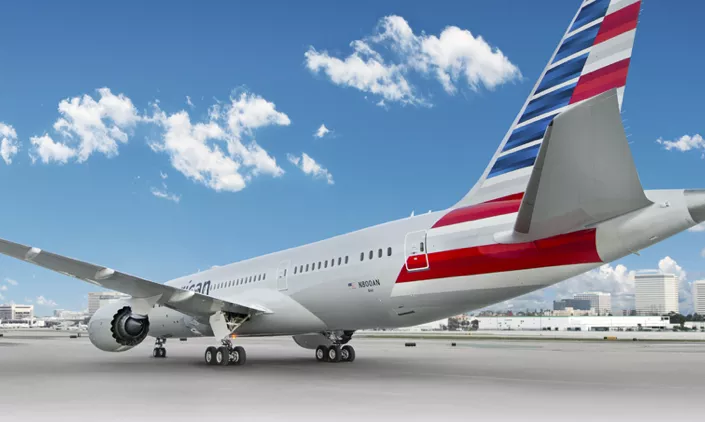Traveling can be unpredictable, and sometimes plans change unexpectedly. One option that offers flexibility is flying standby. Standby airline tickets allow passengers to wait for available seats on flights without a confirmed reservation. This practice can be beneficial for various reasons, such as accommodating last-minute travel changes or taking advantage of potential discounts. However, it’s essential to understand how standby travel works, its advantages, and its potential drawbacks to make informed decisions.
What Are Standby Airline Tickets?
Standby airline tickets enable passengers to board a flight without a prior reservation, provided there are vacant seats after all confirmed passengers have boarded. This practice was initially designed for airline employees and their families, allowing them to fill empty seats on flights. Over time, commercial airlines extended this option to regular passengers, often under specific conditions and sometimes for a fee.
How Does Standby Travel Work?
When traveling standby, passengers arrive at the airport without a booked seat and request to be placed on the standby list for a particular flight. Priority for standby seating is typically determined by factors such as fare type, frequent flyer status, and the time of arrival at the gate. If a seat becomes available after all confirmed passengers have boarded, the next person on the standby list is offered the seat. If no seats are available, the standby passenger can choose to wait for the next flight or make alternative arrangements.
Types of Standby Travel
There are several scenarios in which passengers might opt for standby travel:
- Non-Reserved Standby: Passengers arrive at the airport without a flight reservation and request to be placed on the standby list for a specific flight.
- Earlier Flight Standby: Ticketed passengers who arrive early at the airport may request to take an earlier flight than their original booking, subject to seat availability.
- Upgrade Standby: Passengers holding economy class tickets may stand by for available seats in premium cabins, such as business or first class, if upgrades are available.
- Employee and Family Standby: Airline employees and their eligible family members often have the privilege to fly standby, sometimes at discounted rates or for free. However, these passengers typically have lower priority than revenue passengers.
Advantages of Standby Tickets
- Cost Savings: Standby tickets can be more affordable than fully booked tickets, offering potential discounts for flexible travelers.
- Flexibility: Standby travel allows passengers to adjust their plans based on seat availability, which can be advantageous for last-minute changes.
Disadvantages and Considerations
- Uncertainty: There is no guarantee of securing a seat, as standby passengers are accommodated only if there are available seats after all confirmed passengers have boarded.
- Priority Levels: Standby passengers are typically prioritized based on factors such as fare type, frequent flyer status, and the time of arrival at the gate. This means that some passengers may have a higher chance of securing a seat than others.
- Potential Fees: Some airlines charge fees for standby travel, especially for non-employee passengers or those without flexible tickets. For example, as of April 2010, most U.S. airlines charge a fee ranging from $50 to $75 for unconfirmed standby, with exceptions for full-fare ticket holders and elite frequent flyers.
Tips for Successful Standby Travel
- Arrive Early: Being among the first to arrive at the gate increases your chances of securing a standby seat.
- Check Airline Policies: Familiarize yourself with the specific standby policies of the airline you plan to travel with, including any fees and priority rules.
- Be Flexible: Consider being flexible with your travel times and destinations to increase the likelihood of finding available seats.
- Monitor Flight Loads: If possible, check the flight’s load status before heading to the airport to assess your chances of getting a standby seat.
- Have a Backup Plan: Since standby travel carries inherent uncertainties, have alternative travel plans in case you are unable to secure a seat on your desired flight.
Conclusion
Standby airline tickets offer a unique opportunity for travelers seeking flexibility and potential savings. However, this option comes with uncertainties and requires careful planning. Understanding how standby travel works, being aware of airline policies, and preparing for possible outcomes can help you make the most of this travel option. Whether you’re a frequent flyer looking to utilize standby benefits or a traveler with flexible plans, being informed is key to navigating the standby process successfully.

